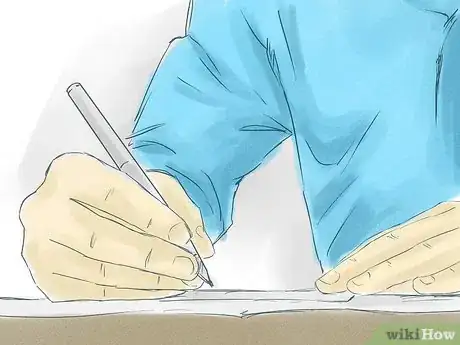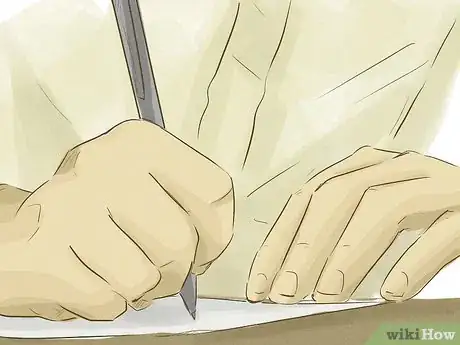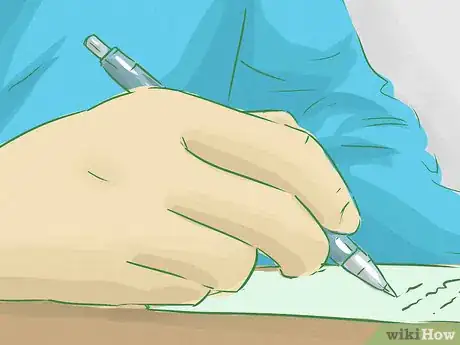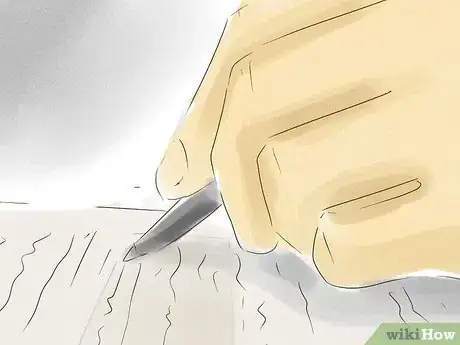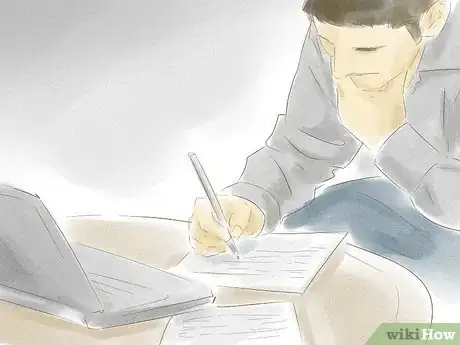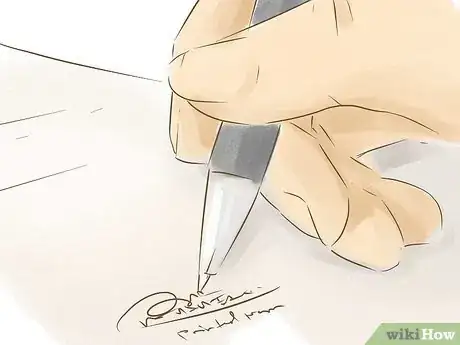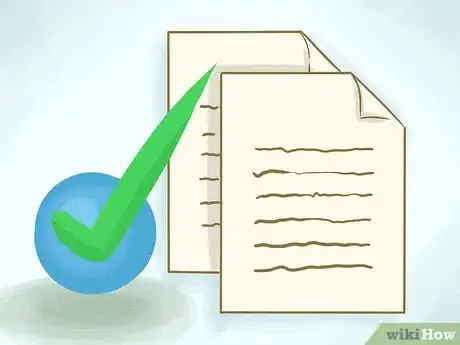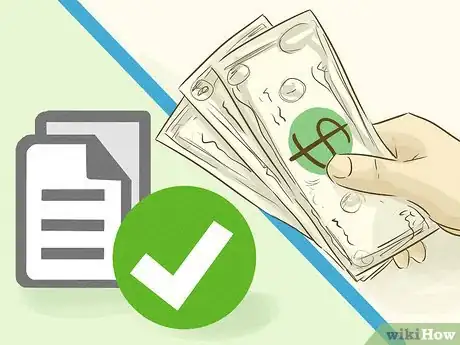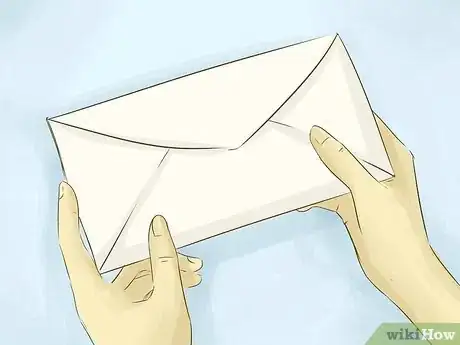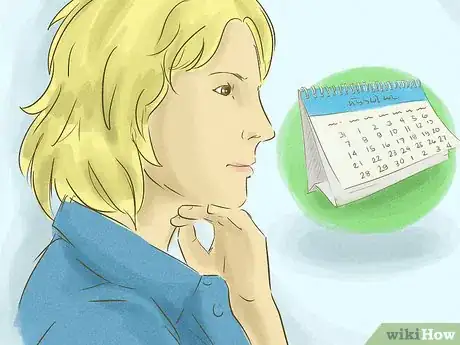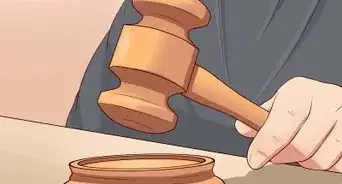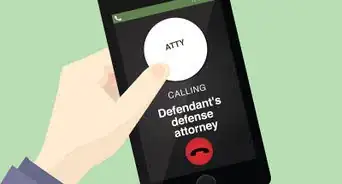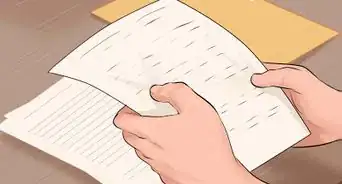This article was written by Jennifer Mueller, JD. Jennifer Mueller is an in-house legal expert at wikiHow. Jennifer reviews, fact-checks, and evaluates wikiHow's legal content to ensure thoroughness and accuracy. She received her JD from Indiana University Maurer School of Law in 2006.
This article has been viewed 24,851 times.
Once you've filed a lawsuit, any number of things might happen that make you no longer want to proceed with your claims. Maybe you and the other side came to an agreement and settled your dispute, or maybe you've simply come to the conclusion that lawsuits are expensive and time-consuming and you no longer care to pursue it. Whatever your reason, if you've filed the lawsuit yourself it's typically a pretty simple procedure to withdraw it from the court's consideration. Although the details vary among jurisdictions, the basic process is the same throughout the country.
Steps
Drafting Your Motion to Dismiss
-
1
-
2Copy the caption. Since the caption is the same in every document filed in the case, you can simply copy the caption from a document you filed previously.[3]Advertisement
-
3Title your motion. The title tells the court what kind of document you're filing. In this situation, you commonly would title it "Motion to Dismiss."
-
4Write the introductory paragraph. The first paragraph of your motion will state who you are and why you are filing a document with the court.
- This paragraph is the introduction, so you don't have to go into any facts or reasons. Simply state who you are, who the other parties in the case are, and that you wish to withdraw your lawsuit against them.
-
5Write the body of your motion. The body of your motion explains the facts leading up to your request and the reasons you're asking the court to dismiss your lawsuit.
- For example, if you and the defendant have come to a compromise and settled the dispute, you might state that and attach a copy of the written settlement agreement as an exhibit to your motion.
- Rules in most jurisdictions specify the exact format for motions. Specifically, the body of your motion will list first facts, then reasons for dismissal, in separate, numbered paragraphs.
- Make only one statement, fact, or reason per numbered paragraph.
- The rules in your jurisdiction may specify other formatting instructions, such as the size of paper or color of ink to use. Make sure you review these rules before you finalize your motion.
-
6Request the court dismiss your lawsuit. When you ask the court to dismiss your lawsuit, you must decide whether you want the court to dismiss it with or without prejudice.
- If you ask the court to dismiss your lawsuit "with prejudice," it means that your lawsuit is dismissed and you can't file any other lawsuits in the future involving the same claim.
- If you ask the court to dismiss your lawsuit "without prejudice," it means that although this particular lawsuit is dismissed, you still have the right to file another lawsuit involving the same claim in the future.
- You might choose to have your lawsuit dismissed without prejudice if there was something wrong with the lawsuit that you could easily fix. For example, if you realized after filing the lawsuit that you'd filed in the wrong court, you might file a motion asking the court to dismiss the lawsuit without prejudice so you could refile your lawsuit in the correct court.
-
7Create a signature block. Write a statement swearing that all information in the motion is true and correct to the best of your knowledge, then leave a blank line or space to sign.
- Underneath the space for your signature, type your name and mailing address in a block, just as they would appear on the envelope of a letter. Include your phone number and email address in addition to your mailing address.
-
8Complete a certificate of service. You typically must include a certificate of service at the end of your motion to let the court know that you will serve your motion on the other parties in the case.[4]
- Most jurisdictions have a form for the certificate of service, but you must make sure you choose the method of service: either certified mail or hand delivery.
-
9Complete any other necessary forms. Find out from the clerk if you're required to submit any other forms such as a cover sheet with your motion. Each court may have its own local rules.[5]
Filing Your Motion to Dismiss
-
1Sign your motion. Once you've finished drafting your motion, print it up and sign it.
- Some jurisdictions may require you to sign your motion in the presence of a notary. Find out from the clerk before you sign it on your own.
-
2Make copies of your motion. You should make at least one copy for your own files and one for each other party in the case – the clerk will keep the originals.[6]
-
3File your motion with the clerk of court. The clerk will stamp your originals and all your copies, and give the original to the judge for review.
- Typically you must pay filing fees to file a motion, unless you've already completed the application to have fees waived in your case. These fees vary among states and among courts within states, but usually the costs will be less than $100 to file a motion.
-
4Have your motion served on the other parties. Unless it was a joint motion, you must serve the motion on the other parties to the lawsuit so they know you're withdrawing your claims against them.
- You must serve the motion using the same method you chose for the certificate of service.
- When the motion is served, you must make sure a proof of service is filed with the court so the judge knows the other side knows about your motion.
- Some jurisdictions require you to mail a copy of the motion to the other parties in your case before you file it, so check with the clerk to see what the correct procedure is.[7]
-
5Wait for a response to your motion. Typically, the person you've sued won't challenge your motion to withdraw the claims against him.
- For this reason, the judge usually will simply issue an order dismissing your case without holding a hearing on the matter.
- If no hearing is required, the clerk will mail the judge's order back to you once the judge has made his decision.[8]
References
- ↑ http://www.masslegalhelp.org/housing/legaltactics1/motion-to-dismiss.pdf
- ↑ https://supremecourt.nebraska.gov/self-help/general-trial-court-forms/motion-dismiss
- ↑ http://legal-dictionary.thefreedictionary.com/caption
- ↑ https://supremecourt.nebraska.gov/self-help/general-trial-court-forms/motion-dismiss
- ↑ https://supremecourt.nebraska.gov/self-help/general-trial-court-forms/motion-dismiss
- ↑ https://supremecourt.nebraska.gov/self-help/general-trial-court-forms/motion-dismiss
- ↑ https://supremecourt.nebraska.gov/self-help/general-trial-court-forms/motion-dismiss
- ↑ https://supremecourt.nebraska.gov/self-help/general-trial-court-forms/motion-dismiss
- ↑ https://www.law.cornell.edu/rules/frcp/rule_41

